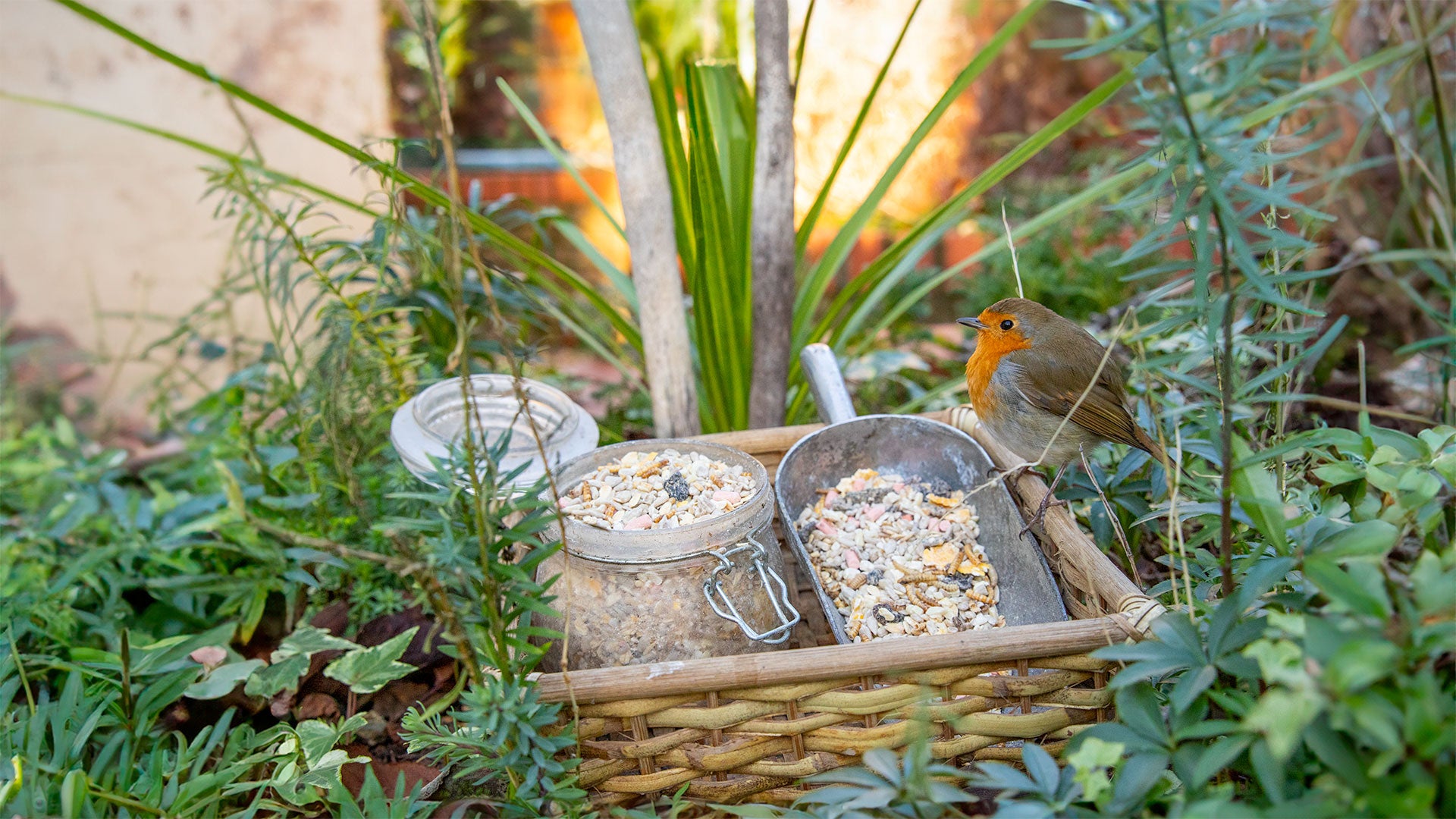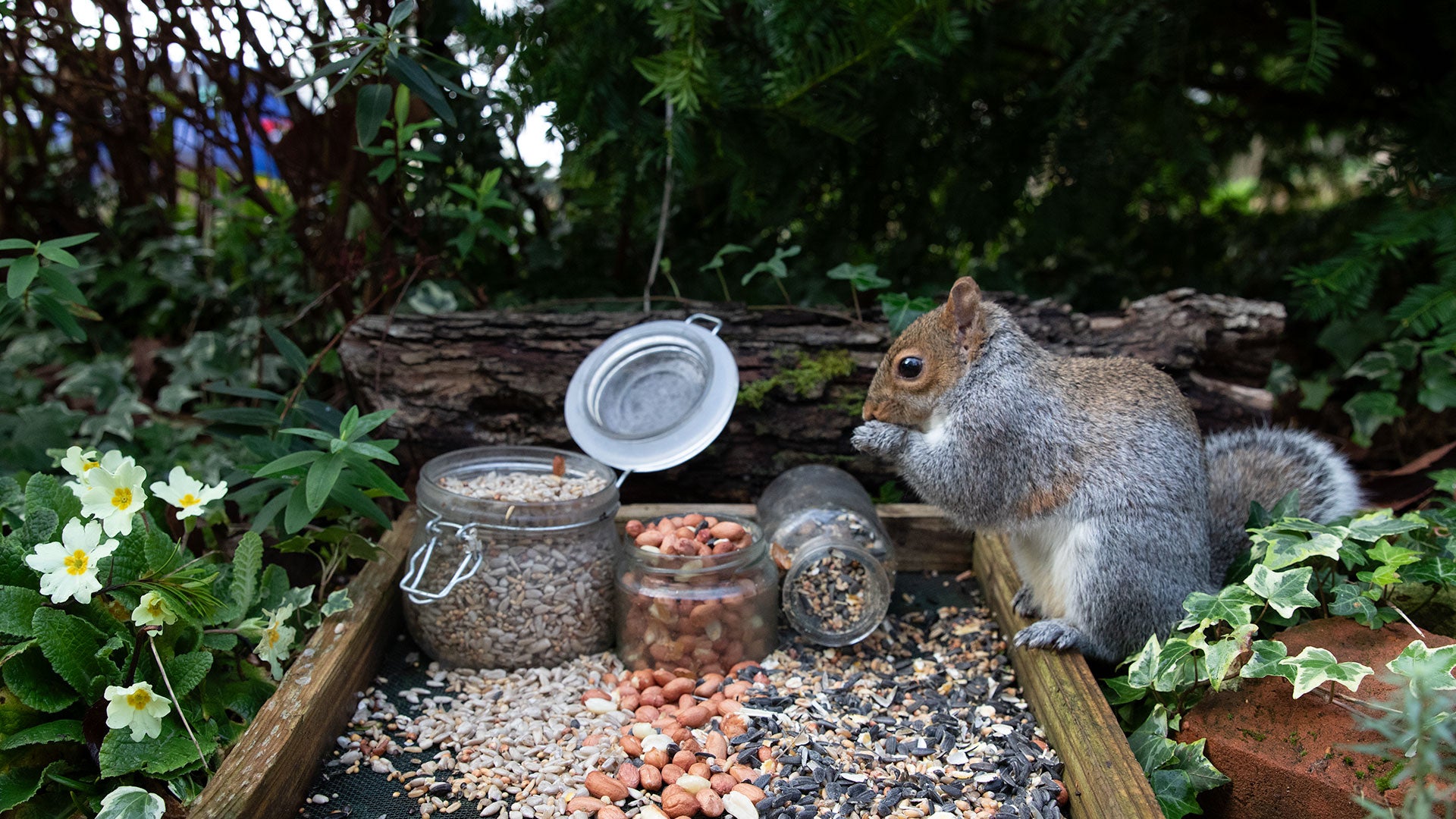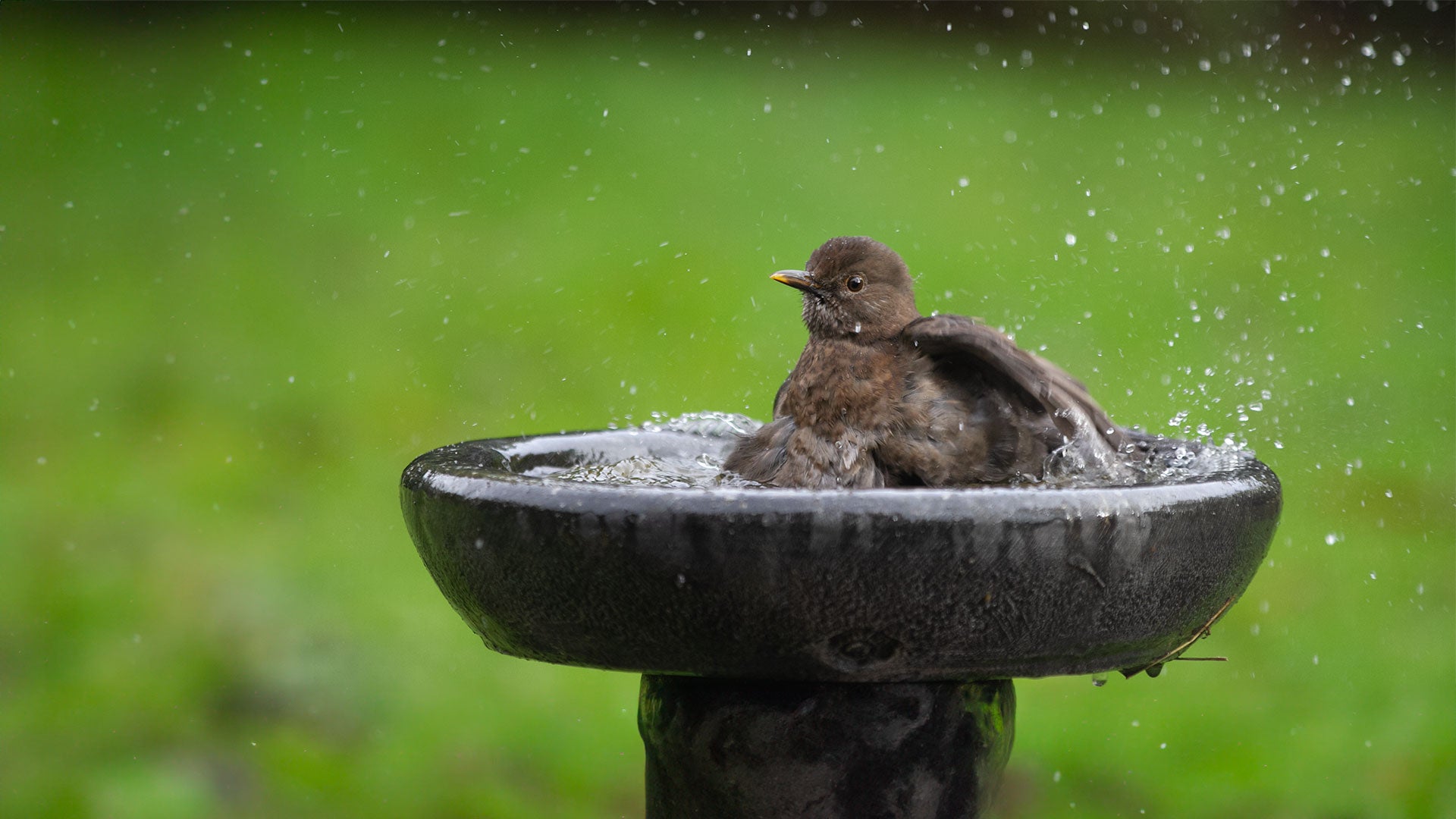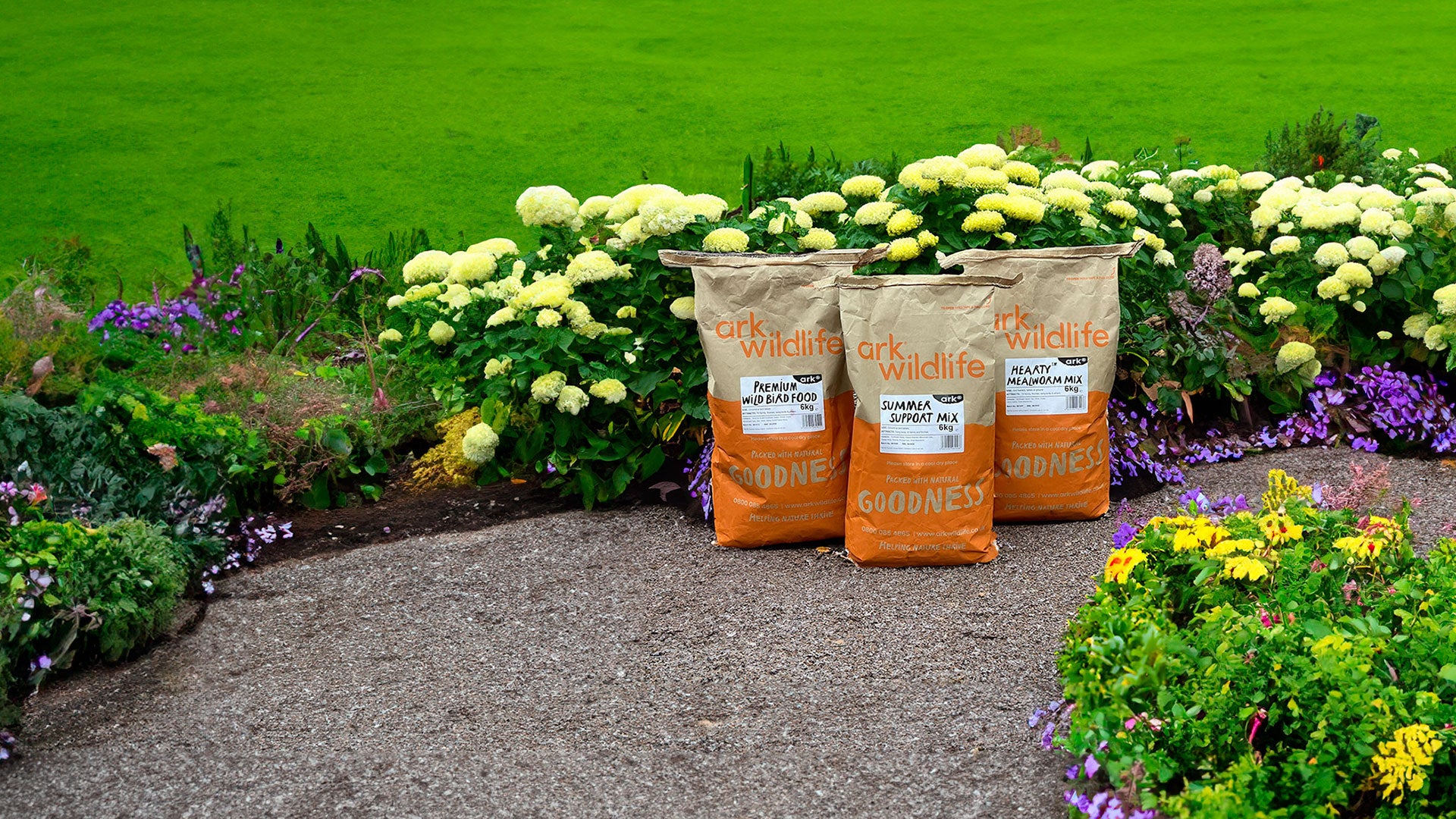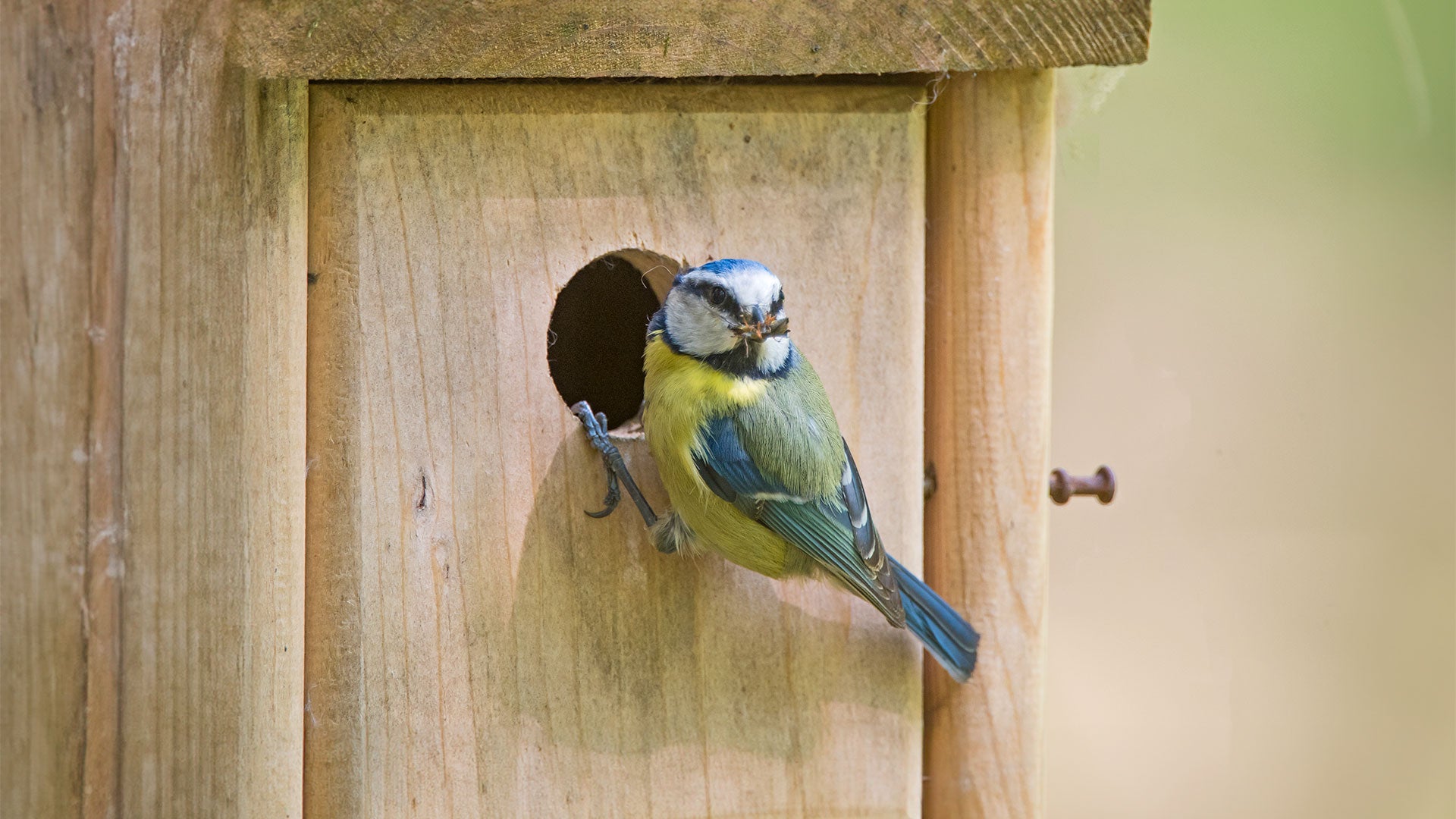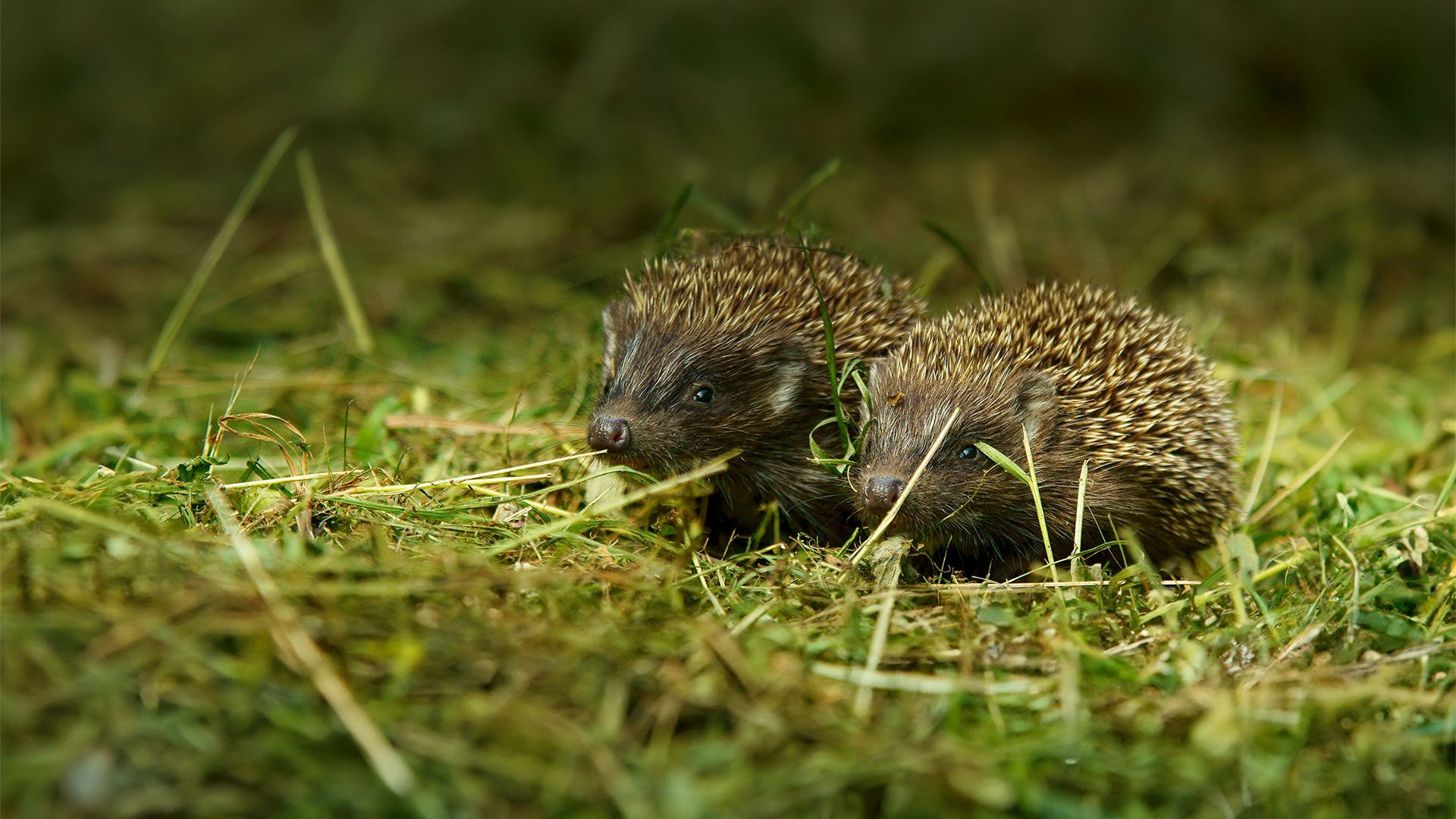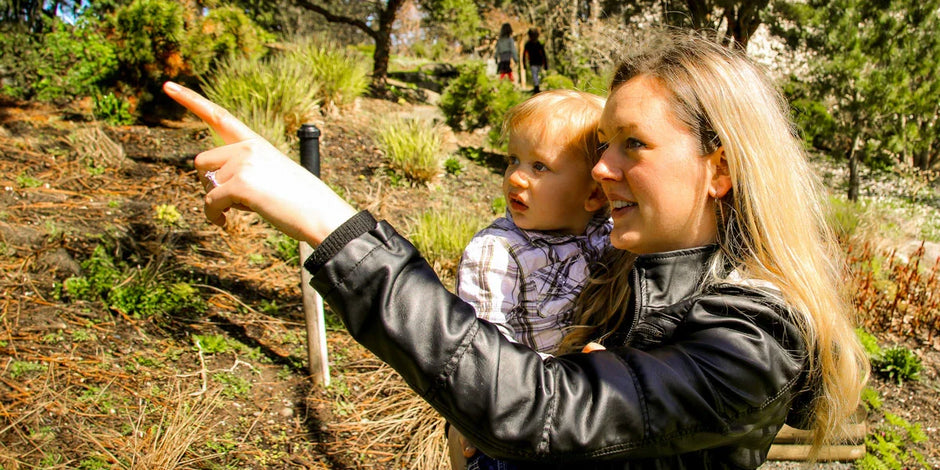Guest Blog - Author Bio:
Lydia Harvey is a long standing customer of Ark Wildlife and a passionate bird feeder. This blog expresses her love of robins and their usefulness. She also gives lots of tips on how to attract and help robins in your own garden.
As the weather turns and autumn starts to give way to winter the constant thing that brightens my day is the sight of the robins in my garden. With their recognisable red breasts and characterful nature they are a burst of brightness in what can sometimes be rather dull days.
Widely known as the gardener’s friend, the robin has been known to sit on a spade and wait for the chance to grab a grub that appears from the soil. I have one robin that comes and hops around me as I plant up my containers, sitting on the compost sack and keeping his beady eye out for a small insect to appear. On the rare occasions when the robin feeder hasn’t been refilled in time for his breakfast, he will come and look in the windows as if to tell me to hurry it up!

Robins are very territorial and sometimes it feels as if the equivalent of the stag rut is happening in my garden as they fight over their territory. With their breasts brighter than ever they chase each other from feeder to tree and back again darting in and out of the branches above me.
At this time of year it is very important to provide food for the birds. Robins are particularly partial to mealworms in a suitable feeder, which are an excellent source of protein, although they will also eat suet pellets, insects, robin-friendly bird mix (such as a mealworm bird mix or a suet bird feed mix) and fruit. The robin in my garden eats a mix of all of the above and can always be found hopping about in the leaf litter and flower beds searching for grubs.
Why are robins known as the gardener's friend?
As a gardener digs over the soil, robins stand by expectantly, hopping back and forth in between sitting and watching, their sparkly eyes looking for juicy worms to be uncovered. This helps to answer the age-old question: ‘why are robins so friendly?’ Well, there might just be some tasty morsels in it for them!

How to attract robins to your garden
As well as providing food, if you wish to tempt robins to nest in your garden, it is important to offer them protection and shelter, perhaps in the form of a thorny hedge. Robins’ nests can be found in the strangest of places, from watering cans to broken teapots. But if you wish to use a robin nest box, make sure it’s an open-fronted one as robins won’t use a round-holed one.
You should position your nest box high enough off the ground so it’s out of the reach of cats, away from tree branches. If possible, it’s a good idea to place it in a quiet, shaded area and conceal it too, using foliage or climbing plants. If the nest box is facing between north and east, any robins will be protected from the strongest sunlight and wettest winds.
Robins have at least two broods during the breeding season; I noticed the change in behaviour when they were feeding the fledglings as they were suddenly hopping into bushes at ground level with food in their beaks. Fledgling robins look like tiny thrushes with their flecked breasts, not surprising when you realise they are a member of the Thrush family. They only get their distinctive red breast when they have their first moult.

Do robins recognise humans?
Yes, scientists believe that robins do recognise humans. And we can see this in action because robins will let us know when we’re late in putting out their food! Robins recognise humans by faces, body movements, voice and schedule. But robins have individual behaviours, so some will be more confident in spending time around you than others.
The robin is one of the most distinctive and well known garden birds. Robins come into their own at this time of year; they are a sign of winter, appearing on Christmas cards and festive items even though they are here all year round. I never get bored of watching them, they are a great form of entertainment and helpful in keeping the pests down in the garden.



